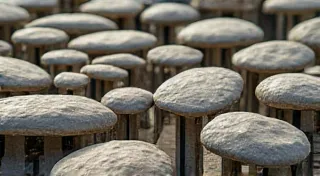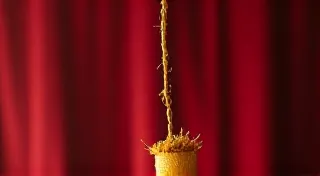The Chronometer's Echo: Mastering Rhythm and Flow in Left-Handed Copperplate Script
There's a particular resonance in the mechanics of old things. Not just the ticking of a grandfather clock, but the almost silent, measured exhale of an antique accordion. The way its bellows, meticulously crafted decades ago, still attempt to draw breath, to produce music, even in their weathered state. That same dedication to precision, to a rhythmic heartbeat, is what Copperplate calligraphy strives for, and for those of us who write with our left hands, achieving it is a journey layered with unique challenges.
My own fascination with Copperplate began, unsurprisingly, with an accordion. My grandfather, a taciturn man of few words but unparalleled artistry, restored them. I’d sit beside him in his workshop, the scent of beeswax and aged wood clinging to the air, mesmerized by his slow, deliberate movements as he coaxed life back into these forgotten instruments. It wasn't just about repairing; it was about understanding the craftsman's intention, appreciating the flow of air and reed, the delicate balance between pressure and release. And that, I realised much later, was precisely what I was seeking in Copperplate – that same feeling of connection to a lineage of makers, a feeling of recreating, rather than inventing.
But writing Copperplate as a left-handed person is often a frustrating dance. We’re instinctively moving across the nib, constantly battling the inclination to drag ink and leave a trail of smudges. The "ghosting" – that faint impression of previous strokes – becomes a constant adversary. It’s a sensation many right-handed calligraphers simply never encounter, and it can feel like trying to sculpt with a spoon.
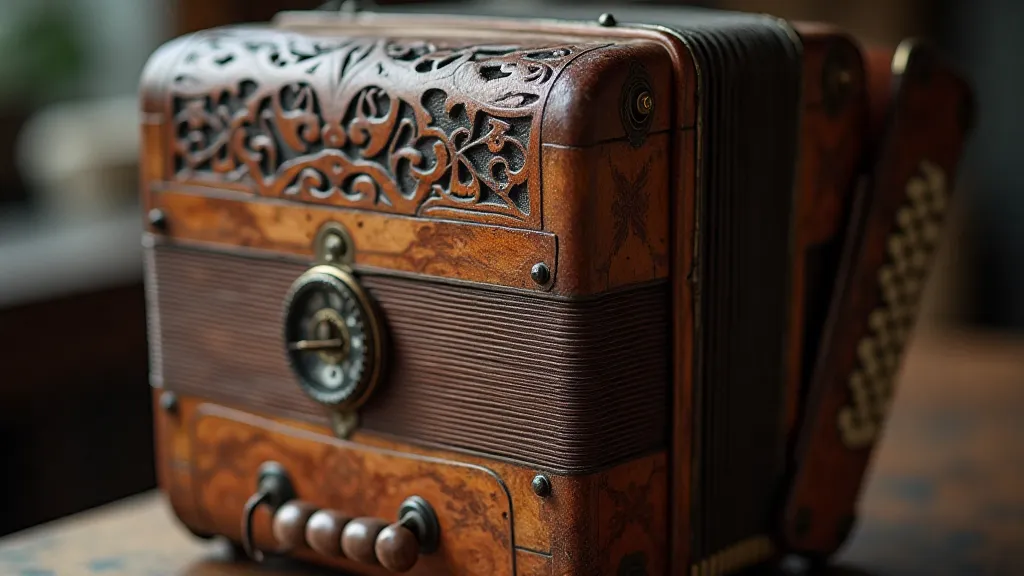
Understanding the Left-Handed Challenge: A Delicate Balance
The core problem lies in the "pushing" action. Right-handed calligraphers gently pull the nib across the paper; we, conversely, tend to push. This inherent difference dictates a complete rethinking of technique. The conventional arm movement, the slight incline of the paper – all of these need recalibration. It’s not simply a matter of reversing instructions; it’s about developing an entirely new kinesthetic awareness.
One immediate adjustment is the paper angle. Most left-handed calligraphers benefit from a significantly steeper incline – sometimes as much as 60-75 degrees. This reduces the "push" and allows for a more controlled movement. Experimentation is key here; there’s no one-size-fits-all solution.
Tools of the Trade: Choosing Wisely for a Left-Handed Flow
The choice of pen is paramount. While many pens work adequately, some are more forgiving for left-handed users. Flexible nibs, like those found in vintage Gillott or Mitchell pens, tend to be a good starting point. They offer a wider range of line variation, allowing for more nuanced correction of errors.
Paper selection is equally crucial. Smooth, bleed-resistant paper is your best ally. Rhodia, Clairefontaine, and Tomoe River are popular choices, offering minimal feathering and bleed. Avoid heavily textured paper; it will only exacerbate the smudging issue. Often, the journey to finding the right materials feels like a process of discovery—a quest for understanding the very soul of your tools. As you explore, you might find yourself drawn to articles like The Silent Dialogue: A Beginner's Guide to Left-Handed Calligraphy Tools & Their Souls, which delves deeper into the nuanced considerations of choosing the right pens and papers.
Techniques for Left-Handed Copperplate Success
Let’s break down the core techniques, specifically tailored for a left-handed approach.
- The Grip: Avoid gripping the pen too tightly. A relaxed grip promotes a smoother, more controlled movement.
- The Arm Movement: Focus on using your arm, not your fingers. Fine motor movements will lead to shaky lines and smudging. Imagine drawing from your elbow.
- The Stroke Direction: Consciously pull *towards* yourself, even though it feels unnatural. Think of it as a controlled, miniature version of the right-handed technique.
- The "Ghosting" Mitigation: Frequent pen cleaning is non-negotiable. Wipe the nib after every few strokes to prevent ink buildup and reduce ghosting. A dedicated blotting paper is essential.
- The Practice of Patience: This is the most vital tool. It takes time to retrain your muscle memory and develop the necessary finesse. Don’t be discouraged by initial frustrations. Every smudge, every imperfect stroke, is a lesson learned.
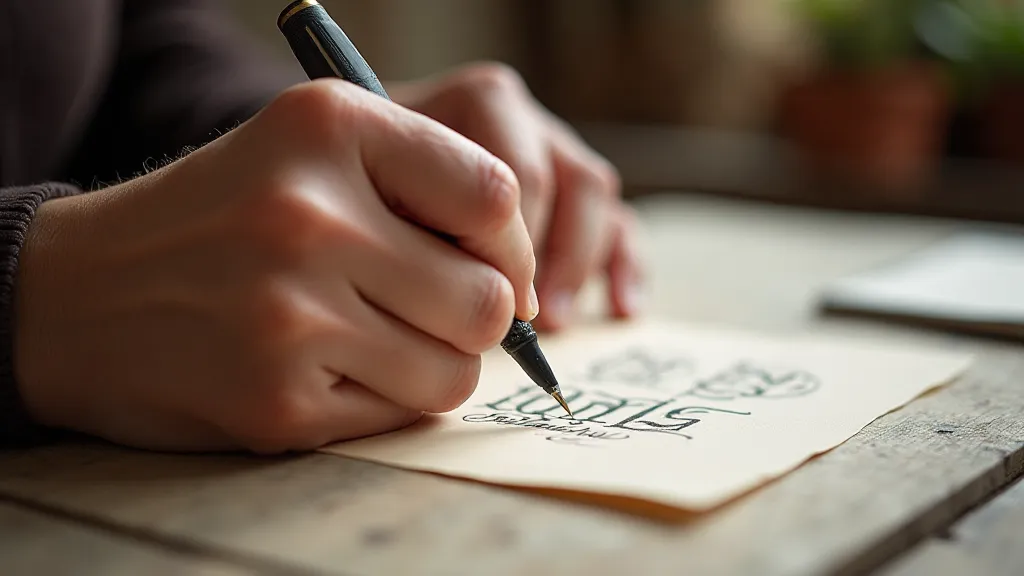
Beyond the Basics: Understanding Rhythm and Flow
Copperplate isn't merely about drawing pretty letters; it’s about capturing a specific rhythm, a graceful flow reminiscent of flowing water or a perfectly balanced waltz. This rhythm is achieved through consistent letter height, uniform spacing, and a deliberate pressure control that dictates the thick-thin transitions in the strokes. For left-handed calligraphers, this demands an even greater level of precision.
Think of the bellows of the antique accordion again. Each press and release is deliberate, contributing to the overall musical phrase. Similarly, in Copperplate, each stroke should be purposeful, contributing to the visual harmony of the entire piece. It's about finding that sweet spot where the pen seems to glide effortlessly across the page. The pursuit of this effortless glide can often feel like unraveling a mystery—a quest to understand not just the technical aspects but also the emotional resonance of the script. It's a journey that often leads one to ponder the delicate balance between intention and imperfection—a concept beautifully explored in The Petrichor Bloom: Letting Go of Perfection in Left-Handed Calligraphy.
The challenges inherent in left-handed calligraphy extend beyond mere technical adjustments. There’s a deeper layer of understanding—a sensitivity to the historical context and the emotional resonance of the script. This involves appreciating the subtle nuances of the tools and the materials—a journey of discovery that often leads one to question their preconceived notions. And sometimes, the greatest breakthroughs come from embracing imperfection—a willingness to let go of the need for control and to allow the script to unfold organically.
Restoration and Appreciation: A Deeper Connection
My grandfather’s workshop wasn’t just a place of repair; it was a sanctuary of appreciation. He would often spend hours simply admiring the craftsmanship of the accordions, tracing the intricate carvings, marveling at the ingenuity of the designers. He recognized that true mastery wasn't just about fixing things; it was about understanding the intention behind them—a deep respect for the artistry and the skill of the makers.
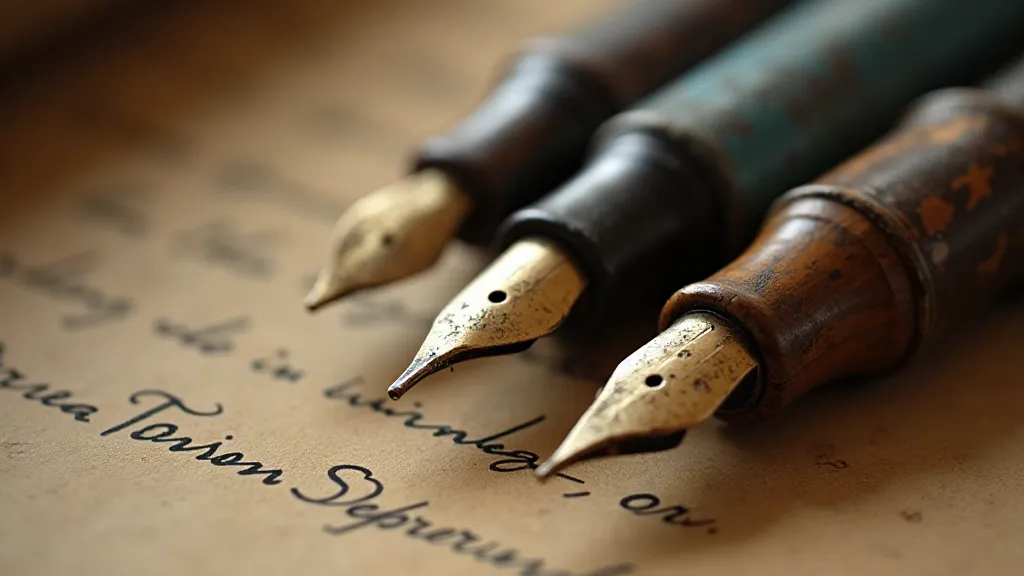
This appreciation extends to the act of calligraphy itself. By understanding the history of the script, by recognizing the skill and dedication of the scribes who came before us, we deepen our connection to the art form. And for the left-handed calligrapher, who faces unique challenges, that connection feels even more profound. Mastering Copperplate isn’t just about writing beautiful letters; it’s about persevering, adapting, and finding beauty in the imperfections – just like coaxing music from a weathered, antique accordion. The preservation of these ancient scripts is a delicate art in itself—a quest to understand not only the technical aspects of calligraphy but also the historical context and the cultural significance of the script. It's a journey that often leads one to contemplate the fragility of tradition and the importance of safeguarding these precious legacies. As one embarks on this journey, they may find themselves drawn to explore articles that delve deeper into the complexities of script restoration and preservation—articles that offer insights into the delicate balance between tradition and innovation. One might find themselves reflecting on the very essence of craftsmanship—a profound appreciation for the skill and dedication of the artisans who came before us.
The journey of a left-handed calligrapher is one of constant learning and adaptation. It requires not only technical proficiency but also a deep understanding of the history and the cultural significance of the script. It is a journey that often leads one to question their preconceived notions and to embrace the beauty of imperfection. As one embarks on this journey, they may find themselves drawn to explore articles that delve deeper into the complexities of script restoration and preservation—articles that offer insights into the delicate balance between tradition and innovation. The very act of writing is a form of restoration—a quest to revive a lost art and to pass it on to future generations.
The echoes of the past resonate within each stroke, reminding us of the timeless beauty and the enduring power of human creativity.

